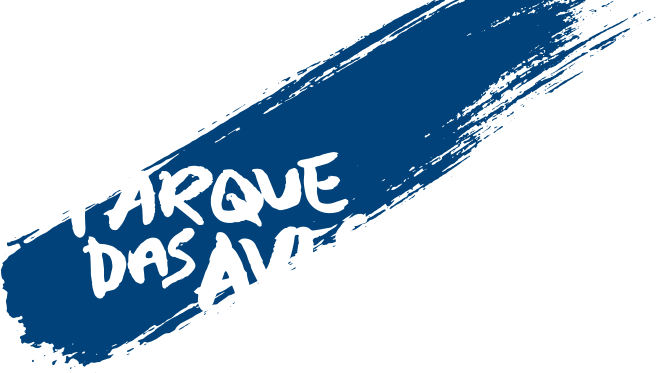
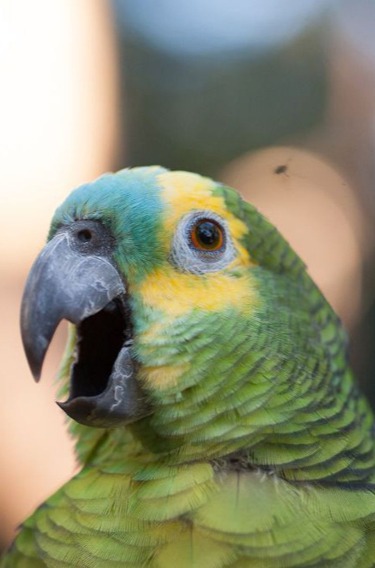

BLUE-FRONTED AMAZON
The Blue-fronted Amazon (Amazona aestiva) is the species most captured in nature to supply the illegal trade of pets both in Brazil and abroad.
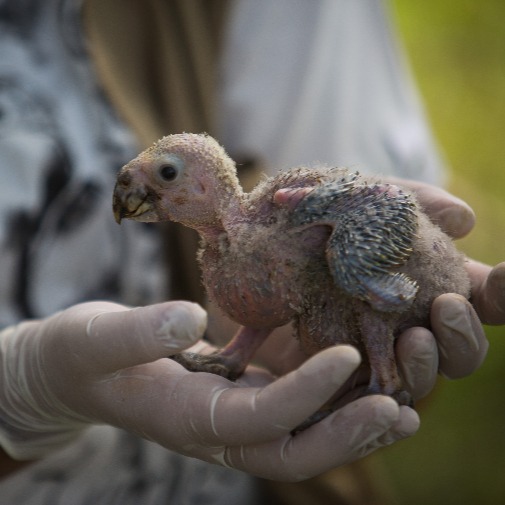
 |
BLUE-FRONTED AMAZON |

The Blue-fronted Amazon (Amazona aestiva) is the species most captured in nature to supply the illegal trade of pets both in Brazil and abroad.
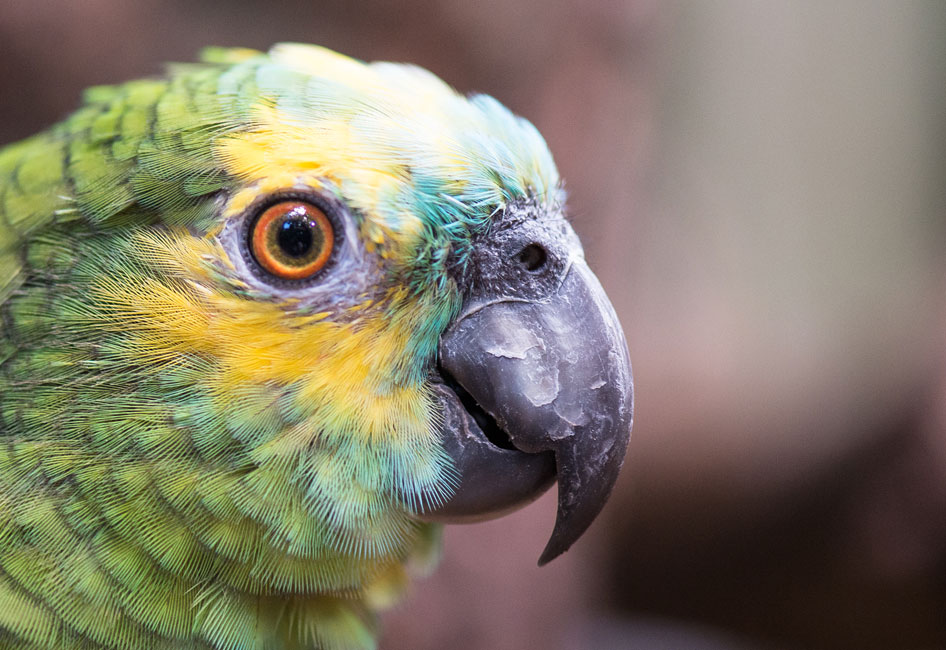
Blue-fronted Amazon Project
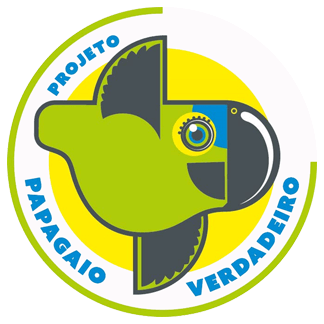
A research and conservation project for the most-trafficked parrot of Brazil
Although it is not yet officially threatened of extinction, it is headed in that direction if the capture of its chicks, associated with the loss of habitat, continue to grow. In Mato Grosso do Sul alone, approximately 10,000 chicks have already been seized by inspectors (data from CRAS/IMASUL) since 1988. However, we know that this number is much greater because many are sold without us knowing, while others die during the capture and transportation done by the traffickers.
In 1997, with the financial support of Parque das Aves, Dr. Gláucia Seixas began the Blue-fronted Amazon Parrot Project with the aim of generating information about the biology and ecology of this bird, assisting in making decisions for the conservation of the species and of the environments where they live, in addition to mobilizing people against the trafficking of parrots.
Approximately 85% of the nests monitored by the project in the Paraná River Basin region had chicks captured.
(Photo: Victor Moriyama)
The work involves scientific research with actions to identify the situation of the species in its natural environment, as well as to get to know the biological elements necessary for their management and conservation, along with building awareness in the communities with actions for sharing the results and stimulating reflection on the need for the conservation of nature. The project also maps the trafficking of the Blue-fronted Amazon parrot in Brazil in order to propose new public policies for the conservation of the species and income-generating activities that contribute to change the current scenario of pressure on the species.
In recent years the project has expanded its actions beyond the Mato Grosso Pantanal and has reached the Paraná River Basin, which is the state where the species suffers with intense and constant illegal capturing of chicks. Approximately 85% of the nests monitored by the project in the region had chicks captured. In this area, the actions are focused on assessing the impact of the trafficking on the natural populations and the mobilization of local communities.
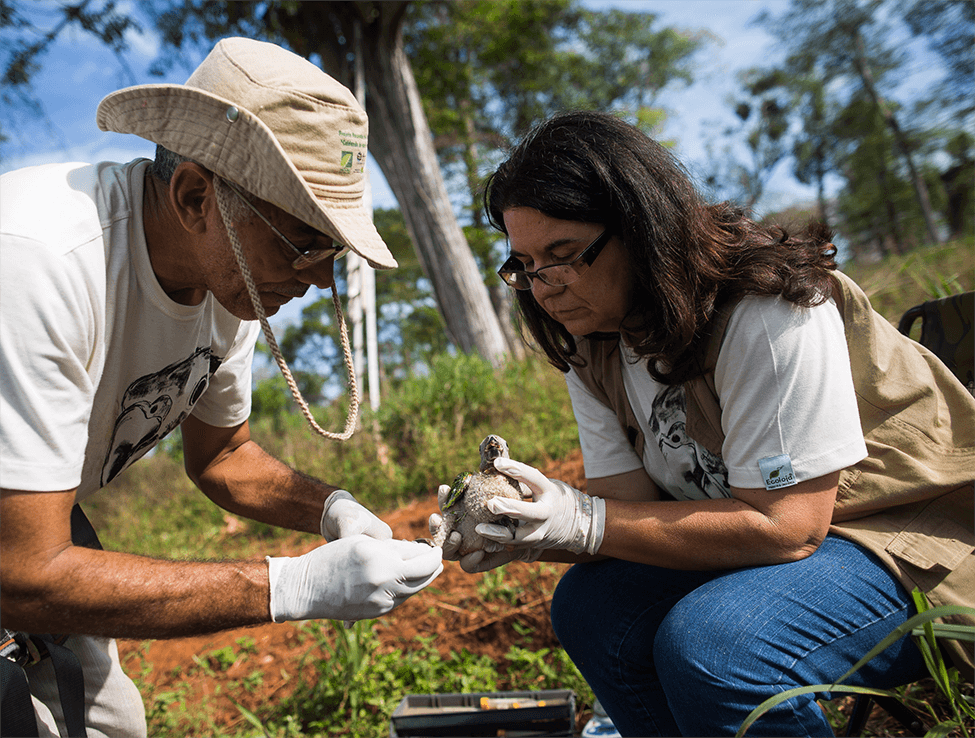
After more than 20 years as the main national financier of the Project, Parque das Aves became the executive coordinator of the Blue-fronted Amazon Parrot Project in 2018 and hired Dr. Gláucia Seixas to be on its payroll as a collaborator. This condition also facilitates the other aid already given before to field staff, such as the acquisition of equipment, advice on communication on social networks, and support with human resources during in situ activities. The possibilities for receiving international financial support from the zoo community increases by becoming a home project.
 Every day from 8:30am to 5:30pm
Every day from 8:30am to 5:30pm Prices
Prices


